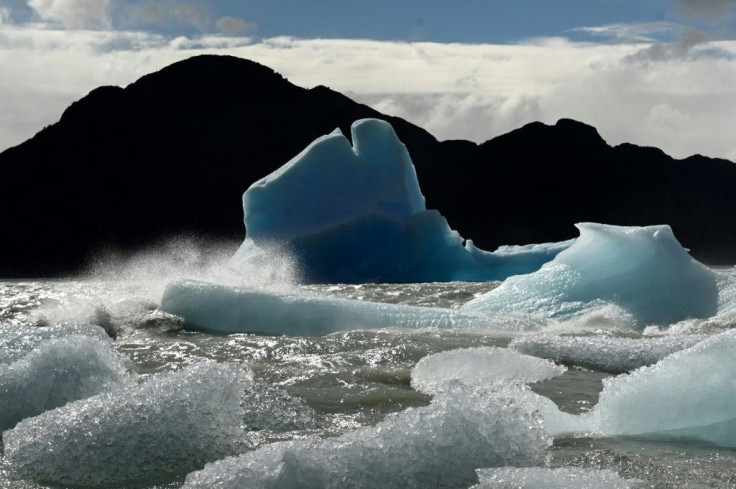Rare 'Ice Pancakes' Form On River Due To Unusually Cold Temperatures [Photos]
Plummeting temperatures in the U.K. have led to the formation of rare, picturesque "ice pancakes" on a river. The swirling discs, imitating a spread of whipped cream on top, are a treat for the eyes.
While the phenomenon is common in extremely cold oceans and lakes such as in the Baltic Sea and Antarctica and forms relatively frequently on the Great Lakes of the United States and Canada, the sighting in the U.K. is rare.
The almost circular ice sheets were captured by Callum Sinclair, project manager for the Scottish Invasive Species Initiative (SISI), on Dec. 9 on the River Bladnoch in Wigtownshire, Scotland. The photos were shared by SISI on Twitter on Dec 13.
Project Manager Callum came across this rare phenomenon on the River Bladnoch in Galloway on Friday. 'Ice pancakes' are unusual in Scotland and most commonly found in Canada, the US, around Antarctica and in the Baltic sea. Specific conditions are required to create them. 1/2 pic.twitter.com/iCFOWYPkm4
— Scottish Invasive Species Initiative (@SISI_project) December 13, 2022
"I've seen ice pancakes occasionally before," Sinclair told Live Science. "But these were particularly interesting" due to their perfect shape, he added.
On a river they are believed to form when foam begins to freeze and is sucked into an eddy. The swirling current creates a circular shape as the frozen discs increase in size and are rubbed against each other. 2/2 @ScottishEPA @BBCSpringwatch @BBCScotland pic.twitter.com/GNtFnsF1da
— Scottish Invasive Species Initiative (@SISI_project) December 13, 2022
"Ice pancakes are a phenomenon where discs of ice anywhere from 20 - 200 cm wide are formed creating a unique spectacle," according to The Met Office.
There are two ways in which these so-called ice pancakes can form.
"In oceans, seas, and lakes the discs are created when waves cause forming pieces of ice to knock against each other rounding their edges as they freeze and grow. Small rims are created on the edges as the knocking causes splashing water to freeze and join the rim," the agency explained.
Another way for the circular ice sheets to form is when foam floating on a river gets banded together and freezes in the process as they are drawn into a swirling current of water called an eddy. Other frozen foam and ice pieces join the forming disc and add to its size.
Interestingly, these peculiar ice sheets are slushy and fragile, in contrast to their solid appearance.
"However, when given the conditions to consolidate, ice pancakes can end up binding with each other to form sheet ice and in rougher conditions waves can move these sheets of ice causing them to bend and crack to create ice ridges," the agency said.
This rare occurrence was due to an unusually cold spell in the U.K. It was caused by an area of low pressure entrapped by areas of high pressure over Russia and Greenland, resulting in frigid temperatures across the U.K. for more than a week, according to the BBC.
Another weird find on a beach in Scotland made the news recently. A man, named Mike Arnott, strolling on a beach in Edinburgh discovered a bizarre-looking, fluorescent-green sea creature.
"I saw this fluorescent green thing with weird needles - I had no idea what it was. The bright green and gold colors drew me straight to it. I flipped it over and saw it had lots of tiny legs - I had never seen anything like it. It being an alien definitely crossed my mind - or I thought it might be something from way out in the deep sea," Arnott told Edinburgh Live. As photos of the mysterious creature were shared online, Pete Haskell from the Scottish Wildlife Trust identified it as a type of worm called the sea mouse.

© Copyright IBTimes 2024. All rights reserved.





















